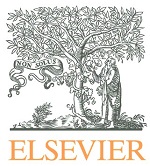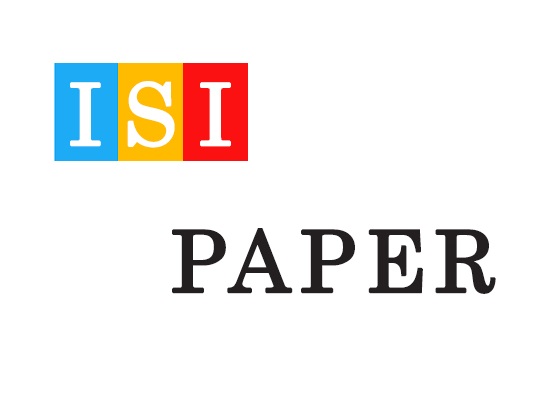دانلود رایگان مقاله ISI درباره شرکت چند کاناله،تجارت موبایل،فیلترینگ همکاری و رفتار مصرفی
دانلود رایکان مقاله انگلیسی ISI با موضوع توصیه محصول تجارت موبایلی بر مبنای چند کانال ترکیبی

عنوان فارسی مقاله:
توصیه محصول تجارت موبایلی بر مبنای چند کانال ترکیبی
عنوان انگلیسی مقاله:
Mobile commerce product recommendations based on hybrid multiple channels
دانلود رایگان مقاله ISI با فرمت PDF:
مشاهده توضیحات کامل و خرید ترجمه فارسی با فرمت ورد تایپ شده:
بخشی از مقاله انگلیسی :
3. Methodology
In this section, we describe the proposed hybrid recommendation scheme based on multiple channels: mobile, television, catalog, and Web channels. Fig. 1 provides an overview of the scheme. A channel’s current users are divided into RFM groups to identify heavy users of the channel based on their recency, frequency and monetary values. The heavy users are then further divided into preference groups based on their product category preferences to provide recommendations for users of a new mobile channel.
First, we use the K-means clustering algorithm to cluster a channel’s current users into RFM groups based on the Euclidean distance of the R, F, and M values. Then, we compare the average R, F, and M values of the groups to the average R, F, and M values of all users of the channel. Finally, the groups of heavy users are selected based on lower recency values, but higher frequency and monetary values. The heavy users of other existing channels could be used to provide more transaction instances for finding more similar users for the new channel.
Second, we use the K-means clustering method to cluster the heavy users of each channel into preference groups based on the users’ similarity, which is measured by Pearson’s correlation coefficient of users’ product category preferences. Heavy users in the preference group could be used to find more similar users for the new channel. This would solve the sparsity problem of the new channel and derive more association rules to improve the quality of recommendations. For each target mobile channel user, similar users are selected from the clusters of mobile, television, catalog, and Web channel users based on their product category preferences. The system then finds the association rules of products and product categories as well as the most frequent items of similar users of each channel. The association rules and most frequent items of the hybrid multiple channels are determined, respectively, from the rules and items of multiple channels using the weighted sum of the associated confidence scores and frequent counts with different hybrid weights of the mobile (wM), television (wT), catalog (wC), and Web (wW) channels. The hybrid weights indicate the relative importance of the multiple channels to the mobile channel, and are determined according to the best recommendation quality derived from the preliminary analytical data. The method uses the hybrid weights to recommend products based on the associationrules and most frequent-items approaches.


